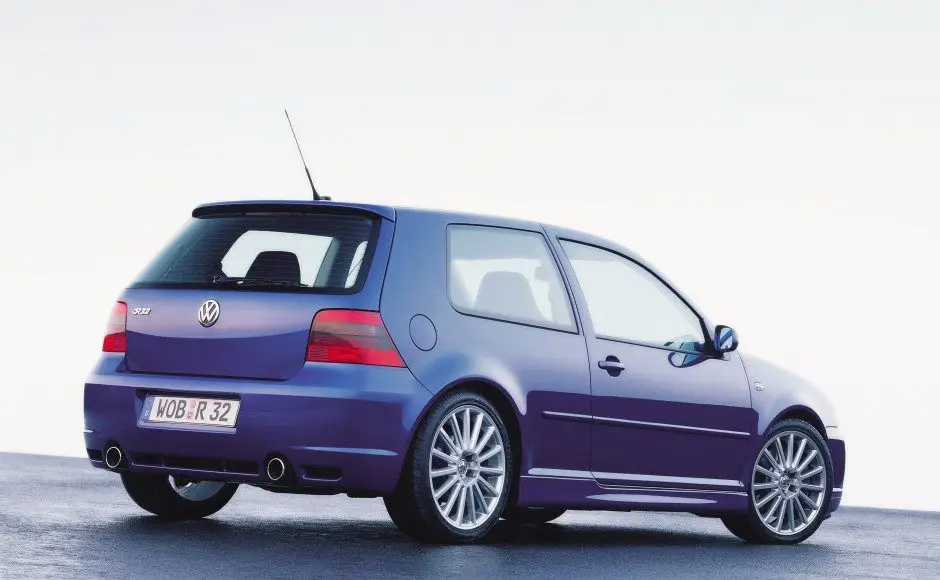2018 marks 15 years since Volkswagen democratized the dual-clutch gearbox by introducing the DSG (Direct Shift Gearbox) in the 2003 Golf R32.
Today you can get a dual-clutch transmission in a slew of cars including something as affordable as a Ford Focus to the other end of the spectrum like the Acura NSX. But around the turn of the century, there were literally no cars on the market with this option. Enter VW. As per our Italian motoring friends at Al Volante in their special report from earlier today (Dec. 7, 2018) They dropped a little history honouring the first mass production car with this transmission that has all the functional benefits of a manual with the convenience of the automatic.
When the Direct Shift Gearbox was introduced in Germany in 2003, up until that point, most Europeans prefer (and still do) to row gears themselves for good reason. Gears are a literal mechanical connection between engine and gears, a feeling you don’t get with automatic transmissions that transfer power through a fluid-filled torque converter. Manuals are simply more engaging.
Enter the DSG which has all the benefits of the automatic AND manual in one. You don’t have to shift gears and there’s a marginal power loss between engine and gears. VW reports that in 2018 the DSG is the second best-chosen transmission in the VW Golf at 40 percent, a number that approaches 50 percent in their other car offerings.
If you’re somewhat confused of how a dual-clutch works, I’ve found an explanation thanks to ELI5 that sums up the dual-clutch operation quite nicely.
A dual clutch gearbox is essentially two different single clutch gearboxes with their respective clutches in one casing. Gearbox one is 1/3/5 gear gearbox two is 2/4/6.
The advantage is that the next gear is already preselected in the other gearbox so you save the time it takes to move cogs around without the engine actually giving power to the wheels. You just select the other clutch

It should be noted that Volkswagen wasn’t the first car to have a dual-clutch, far from it. If we’re being really technical, a patent for the dual-clutch transmission and its theoretical operation was published in the 1930s and fifty years later Porsche had a rudimentary yet effective version of the dual-clutch dubbed the PDK or Porsche Doppelkupplung (literally Porsche double-clutch) in their racecars.
Operating these early PDKs was as technical as driving a manual. Instead of the ECU preselecting gears for you, you had to manually preselect other gears using a steering-wheel switch. PDK was a benefit for the engines as these transmissions allowed an uninterrupted flow of power to keep those turbos spooled that manuals couldn’t provide.
These first few DSGs were heavier, more expensive, oftentimes had worse MPG than their manual counterparts and were unreliable. Today, DSGs are lighter, cheaper, and sometimes best manuals with how efficient they are.
While manuals are dying in some ways they’re not thanks to DSGs rising in popularity.
And it was the lowly 2003 R32 that started it all. Hat tip to you, VW.
Source: Al Volante




